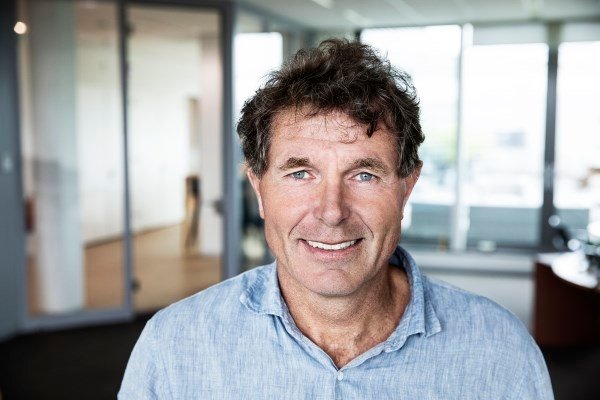Exits are hard to time. Onno van de Stolpe rode high for years after founding Galapagos. Yet, after presiding over a period in which Galapagos’ share price fell 80%, wiping out billions of dollars in value, van de Stolpe is hitting the exit on a low ebb—and leaving with the future of the biotech in doubt.
Van de Stolpe founded Galapagos in 1999 and served as CEO from its early R&D days through to the commercial launch of filgotinib in Europe. Over that time, van de Stolpe guided Galapagos back from its jilting by AbbVie, landing deals with Gilead for JAK1 inhibitor filgotinib and later the $5 billion pact that looked to secure the independent future of his biotech. Barely two years after the second Gilead deal, Galapagos is searching for a way out of a predicament created by a series of R&D setbacks.
Responsibility for leading the search will fall on a new CEO. Van de Stolpe, having seen his long-time chief scientific officer hand in his notice, is set to leave as CEO once a successor is appointed. An external search is now underway.
Galapagos noted that the next CEO will have more of a science-focused background, RBC Capital Markets remarked in a Monday note.
“Though van de Stolpe was well-liked for his humility, integrity, and transparency, given the company’s recent high-profile setbacks, we expect investors will view the potential for new leadership as an opportunity to bring in fresh perspectives as the company looks to rework their internal R&D processes,” RBC’s Brian Abrahams wrote.
Shares in Galapagos rose 5% to above $58 in the wake of the news. Galapagos traded above $270 early last year. Since then, filgotinib has been shown to be a busted flush, going from a blockbuster in waiting to a drug with no future as a rheumatoid arthritis treatment in the U.S. in a matter of months. Things went from bad to worse as ziritaxestat failed a phase 3 idiopathic pulmonary fibrosis trial and Toledo, the SIK inhibitor program Galapagos has hyped for several years, underwhelmed in its first clinical test.
The SIK inhibitor program may appear again, but, with midphase studies of the first candidate falling well short of expectations, it will be years before the preclinical prospects show whether Galapagos’ belief in the mechanism is justified. With cash in hand and the late-phase pipeline looking thin, Galapagos is planning to buy its way out of the predicament.
“We expect Galapagos will continue to develop assets for novel targets but with new input from a science-oriented leader to help further mitigate risks and aim to enable better returns on pipeline investments,” RBC said.
Galapagos is looking for late-stage phase 2 or 3 assets in inflammation and fibrosis, which has been the biotech’s core focus, according to Jefferies analysts. Gilead continues to have ex-EU opt-in rights through the companies’ existing alliance, but the Big Pharma has indicated a willingness to finance a deal.
The analysts, while acknowledging that van de Stolpe’s exit is unlikely to surprise people, raised concerns that the time spent on the search for a new CEO could limit “the likelihood of much needed meaningful near-term in-licensing deals for late-stage assets.”
RBC expects the CEO search to be conducted with “some urgency” given the need to replace the CSO and conduct business development. Gilead will likely have a say in who becomes the next chief executive of Galapagos, given the company’s two board seats.
“A new candidate could engage the Gilead partnership differently and potentially facilitate a restructuring and/or deeper integration of Gilead’s expertise into Galapagos decision making,” RBC said.

